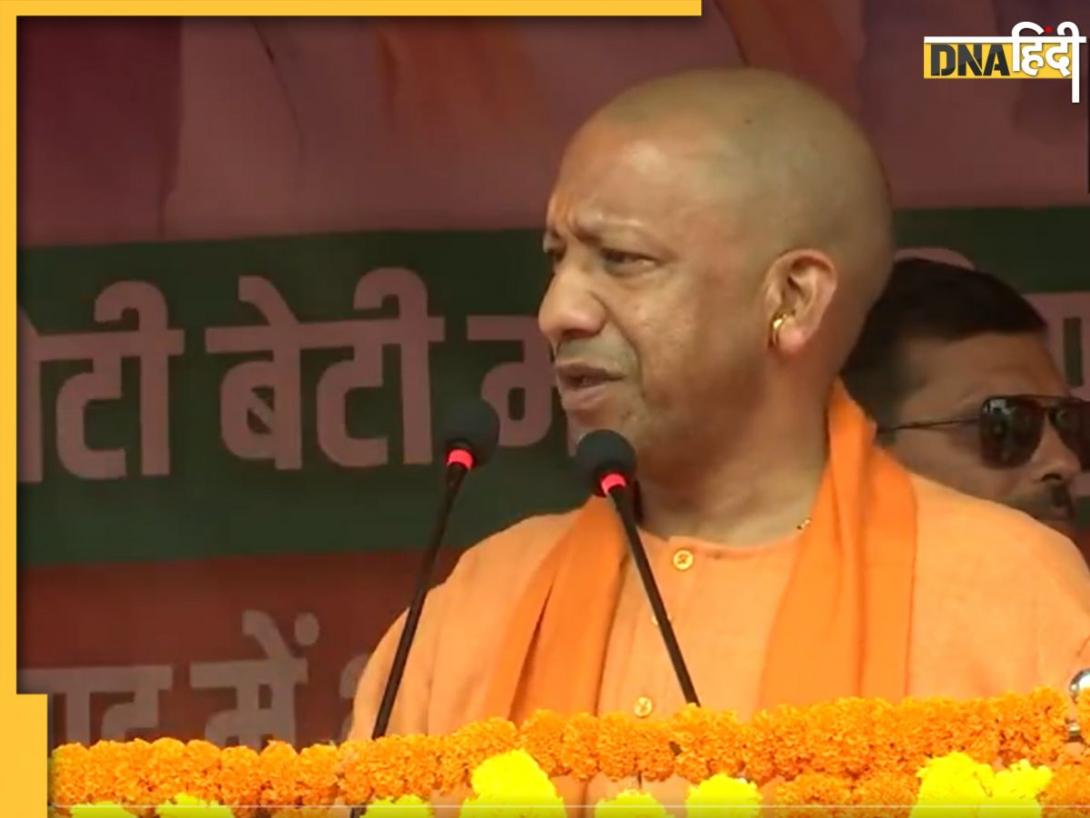- LATEST
- WEBSTORY
- TRENDING
INDIA
Kerala landslides: What caused the deadly incident that claimed over 150 lives?
According to the landslide atlas released by ISRO's National Remote Sensing Centre last year, 10 out of the 30 most landslide-prone districts in India were in Kerala.
TRENDING NOW
Multiple landslides hit Kerala's Wayanad district on Tuesday, claiming over 150 lives so far. Nearly 1,000 people have been rescued. Over 180 people are missing and more than 300 houses were completely destroyed in the landslides that hit the Mundakkai and Chooralmala areas of the district, reports suggested. The landslides occurred around 2 am and 4.10 am on Tuesday. But what caused the devastating landslides?
According to studies conducted over the years, climate change, fragile terrain and loss of forest cover caused these landslides. According to the landslide atlas released by the Indian Space Research Organisation's (ISRO) National Remote Sensing Centre last year, 10 out of the 30 most landslide-prone districts in India were in Kerala, with Wayanad ranked 13th.
It said 0.09 million square kilometres in the Western Ghats and the Konkan hills (Tamil Nadu, Kerala, Karnataka, Goa and Maharashtra) were prone to landslides. "The vulnerability of inhabitants and households is more significant in the Western Ghats due to the very high population and household density, especially in Kerala," the report read.
A study published by Springer in 2021 said all landslide hotspots in Kerala were in the Western Ghats region and concentrated in Idukki, Ernakulam, Kottayam, Wayanad, Kozhikode and Malappuram districts. It said about 59 per cent of total landslides in Kerala occurred in plantation areas.
A 2022 study on depleting forest cover in Wayanad showed that 62 per cent of forests in the district disappeared between 1950 and 2018 while plantation cover rose by around 1,800 per cent. The study, published in the International Journal of Environmental Research and Public Health, said around 85 per cent of the total area of Wayanad was under forest cover until the 1950s.
According to scientists, climate change was increasing the possibility of landslides in the Western Ghats, one of the eight "hottest hotspots" of biological diversity in the world. S Abhilash, director of the Advanced Centre for Atmospheric Radar Research at Cochin University of Science and Technology (CUSAT), told PTI that warming of the Arabian Sea was allowing the formation of deep cloud systems, leading to extremely heavy rainfall in Kerala in a short period and increasing the possibility of landslides.
"Our research found that the southeast Arabian Sea is becoming warmer, causing the atmosphere above this region, including Kerala, to become thermodynamically unstable," Abhilash said. "This atmospheric instability, allowing the formation of deep clouds, is linked to climate change. Earlier, this kind of rainfall was more common in the northern Konkan belt, north of Mangalore," he added.
Research by Abhilash and other scientists published in the npj Climate and Atmospheric Science journal in 2022 found that rainfall over the west coast of India was becoming more convective.
(With inputs from PTI)







)
)
)
)
)
)
)
)
)
)
)
)
)
)
)
)





























































